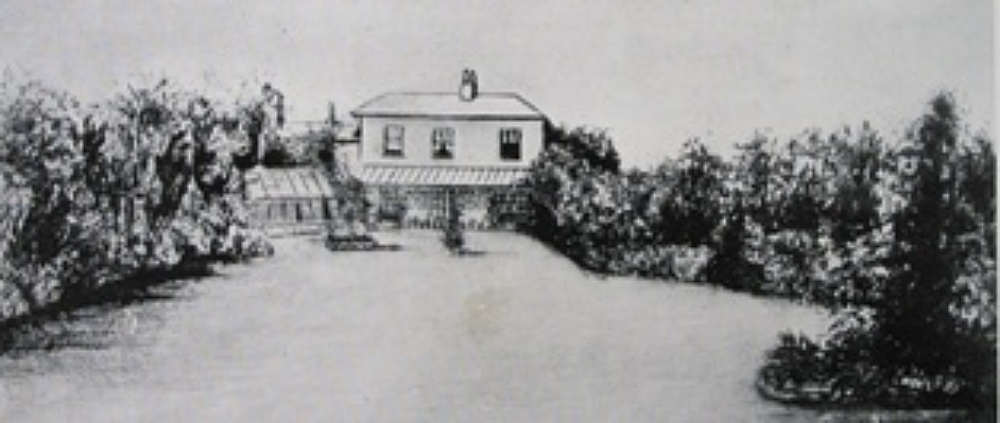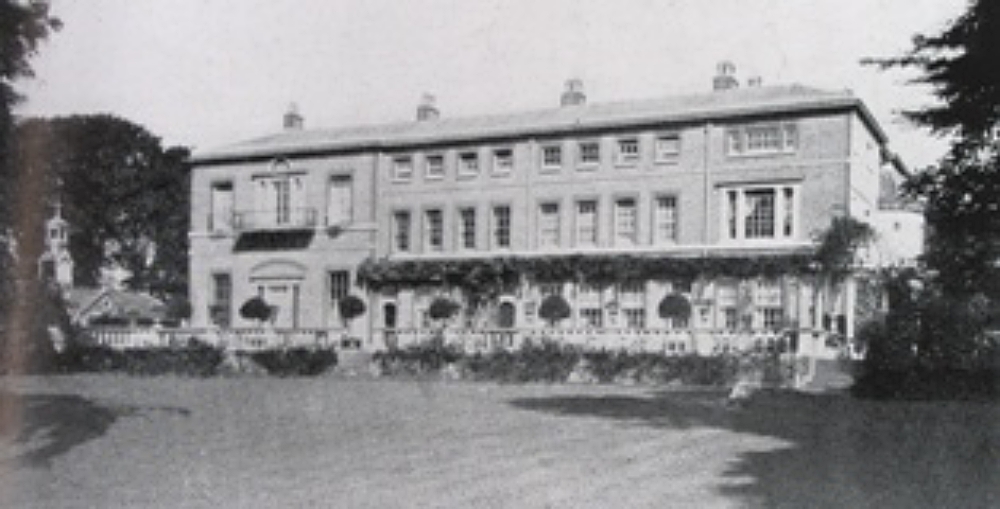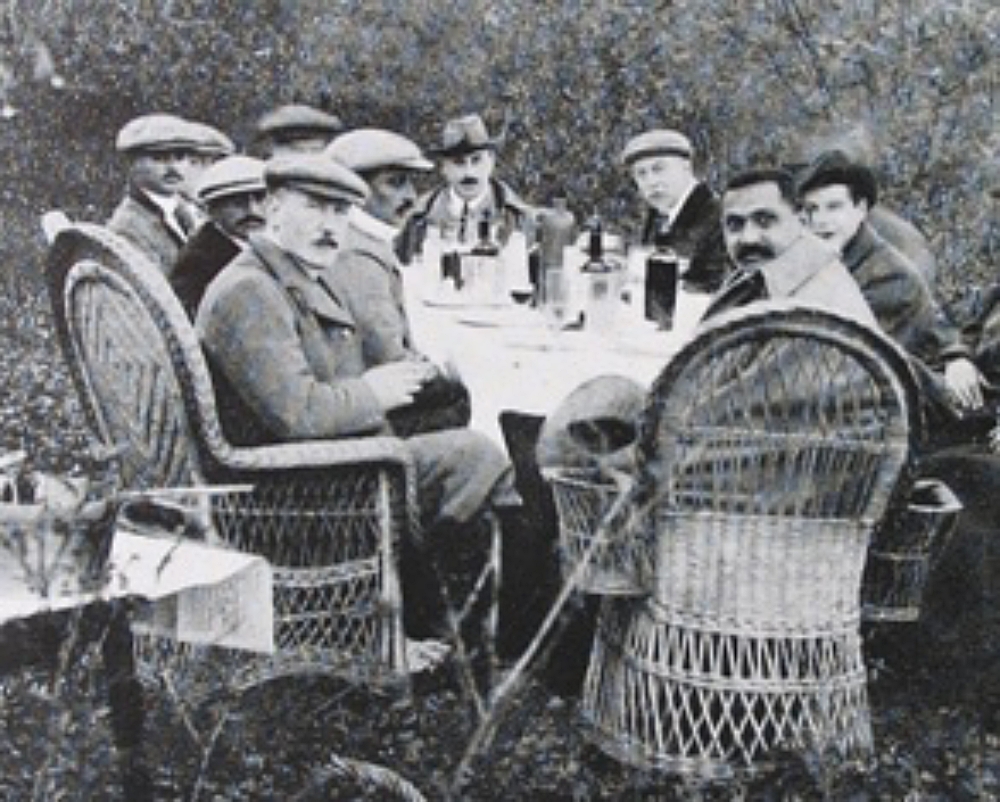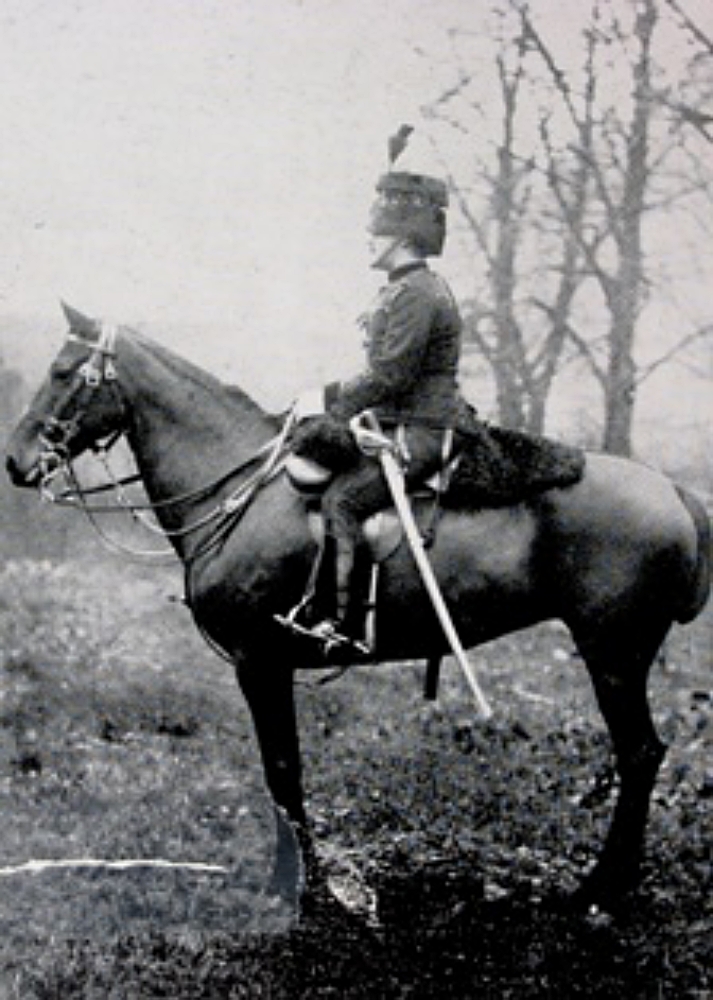Paul Schweder – Tunnel Vision
AS expansionist Britain moved into the 20th century, with an entrepreneurial urge to rapidly expand townships, the potential for local government interference was rapidly increasing.

Paul Schweder was an ex-army officer who transformed a modest yeoman’s farmhouse at Goring into the unique mansion known as Courtlands. He was also one of many landowners who, at the beginning of the 1900s, still considered that all things relating to their own property was entirely their private business and no concern of local authorities or their minions.
It was a stance that inevitably plunged the former dragoon into headlong battle with the authorities which ran Worthing.
IT was soon after he took over the large Goring house and 20-acre estate named Courtlands, in 1900, that Paul Schweder began to lock horns with the local authorities.
In 1901, he instigated what became known locally as the “Smelly Nuisance Case”.
At the time of Schweder’s arrival at Courtlands, it was the custom of the local authority to take refuse in open carts along Goring Lane and deposit it all in a field next to Courtlands, beside the railway line, and when weather conditions were appropriate, to set it alight.
If the wind happened to be blowing from the north, Courtlands was shrouded in a thick pall of smoke and black grime, an extremely unpleasant experience for all residents in the neighbourhood.

Paul Schweder was outraged and went to considerable trouble to convince the authorities of the unsanitary nature of their handiwork.
He had samples of the deposits analysed, yet, in spite of support from sanitary experts, the nuisance continued.
Paul Schweder then took legal action – and lost the case – but his persistence paid off when the authorities, with memories of Worthing’s recent typhoid epidemic in their minds, soon afterwards built a proper refuse destructor at East Worthing.
Thereafter, whenever Mrs Schweder passed its smoking chimney, she always referred to it as “Paul’s memorial”.
The real battle of wits between Schweder and a local authority came in 1912 and became locally famous as “The Goring Lane Tunnel Case.”

It arose from a proposal by the Worthing Gas, Light and Coke Company to build a gas- holder between West Worthing and Goring. Paul Schweder and fellow Goring residents were convinced this would be highly detrimental to the value of their property, so began a lawsuit to restrain the Gas Co.
This ultimately reached the House of Lords, but, again, the decision went against Schweder and his supporters and they were advised to take no further action.
But this time, after studying several cases of a similar nature, Schweder was prepared to go a lot further with his fight. The breakthrough came when he discovered that, in 1822, a man had opposed the Sunderland Gas Co and refused to grant them a way leave to run gas pipes through his land. Schweder decided to follow a similar ploy.
In those days, the owner of land next to a road also owned the subsoil to the centre of the road, from a depth of two feet below the surface. As Mr Schweder owned the land on both sides of the road, he also owned the land beneath the road from two feet downwards.

So he excavated a tunnel under the road through which the gas company’s pipes would have to pass to reach the proposed gasholder.
In his book about Courtlands, the late Henfrey Smail recorded the humorous events that followed.
“Mr Schweder and his men started mining operations on the south side of the road under cover of the garden wall, well screened from the minions of the Gas Co.
“Then, at dawn one summer’s morning, they opened up the road surface, laid girders in position and replaced the surface – all without anyone detecting what had been done.
“The tunnel, a solid-brick structure seven feet deep and six feet wide, was then completed at leisure.
“In due course, the gas pipes were laid along Goring Lane until the Gas Company’s workmen found themselves confronted by the brick wall of the tunnel.
“As the law then stood, this ranked as a building and could not be touched without a court order. And as the Sunderland case of 1822 had demonstrated, this was something no court would be prepared to allow.”
The Gas Company had reached an impasse.
They could not carry the pipes under the tunnel as moisture condensed in the pipes at the lowest point and formed a lock. So they tried to lay the pipes over the tunnel by means of a special iron saddle pipe.
Back came Schweder with a heavy traction engine, plying up and down the road over the saddle until it broke.
Legal action was taken against him, but, this time, it was Schweder who won the day. Settling out of court, the Gas Company paid Schweder £1,000 compensation “for detriment to his property and in consideration of a way leave being granted to carry the pipes to the gas holder.”